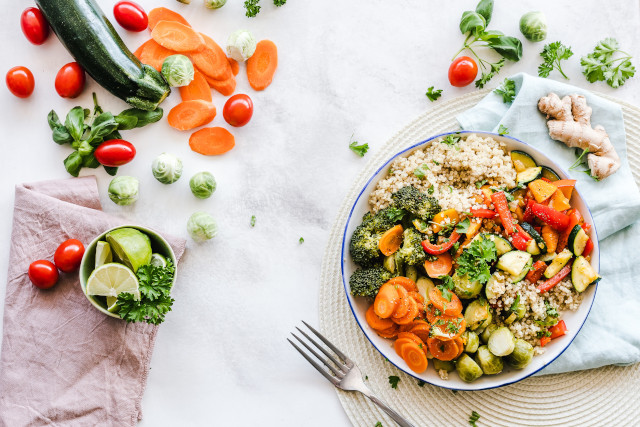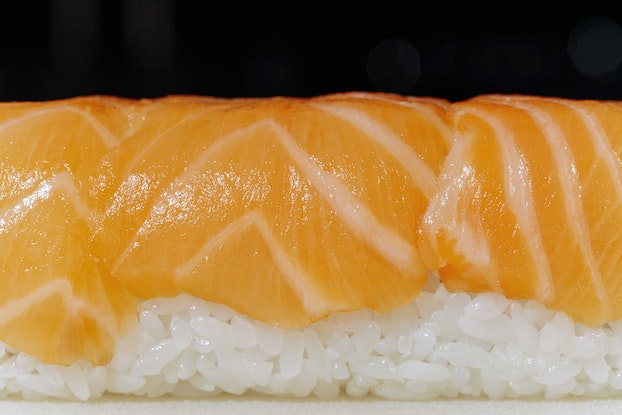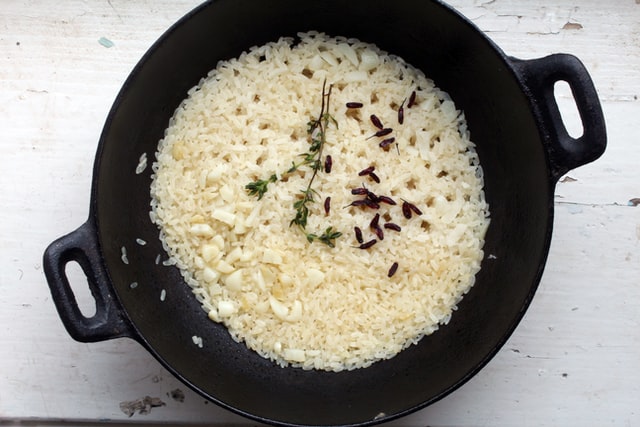
Being vigilant when it comes to choosing the types of food you eat when you are a diabetic, is extremely important. There is really no room to play and trade out some foods for others. All foods are based on a glycemic index when it comes to Diabetes.
Contents
Being a diabetic means that you have to monitor the number of carbohydrates that you consume. This is what makes maintaining a healthy glucose level easier to do. This glucose index actually tells you how a certain food is going to make your glucose or blood sugar react.
Not Watching
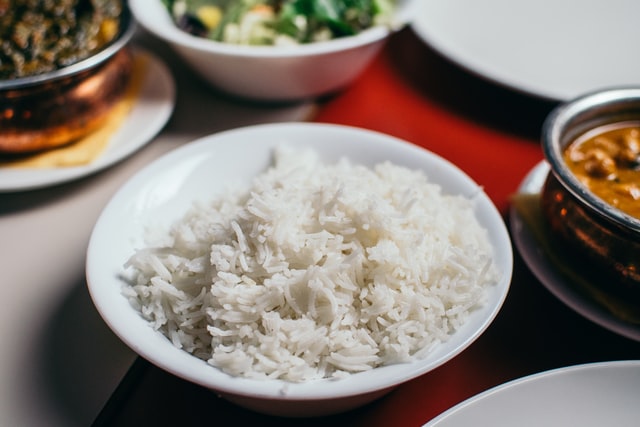
When you do not count your carbohydrates as a diabetic, your blood sugar is likely going to react unfavourably. You may experience severe spikes and sudden drops. There are many more issues that are likely to happen when you do not take charge and watch those carbohydrates.
Some issues could happen when care is not taken. Kidney damage, foot infections and cardiovascular issues are serious issues.
Rice
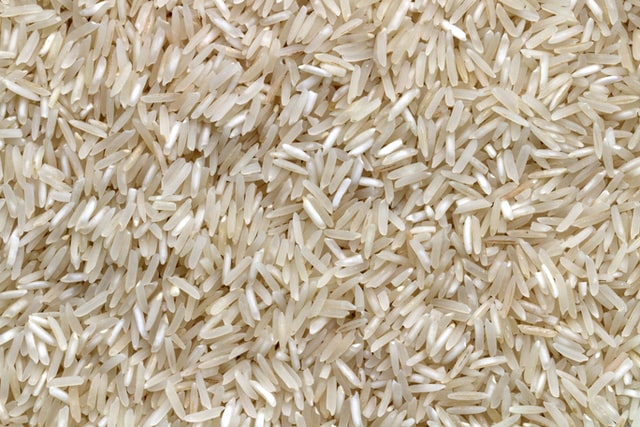
Rice is high in carbohydrates. However, this does not mean that you have to avoid rice entirely when you are a diabetic. There are many varieties of rice, some are better for diabetics than others. Let’s be clear, it is not just the type of rice, it is more important to watch the quantity of rice you are eating.
Diabetes is not the only reason that people should be watching portion sizes and exercise portion control. Portioning is important for ALL people. Portion control helps maintain a healthy weight, helps to lose weight and most importantly, will allow a diabetic to enjoy foods they like even though they may not be the best.
Rice Research
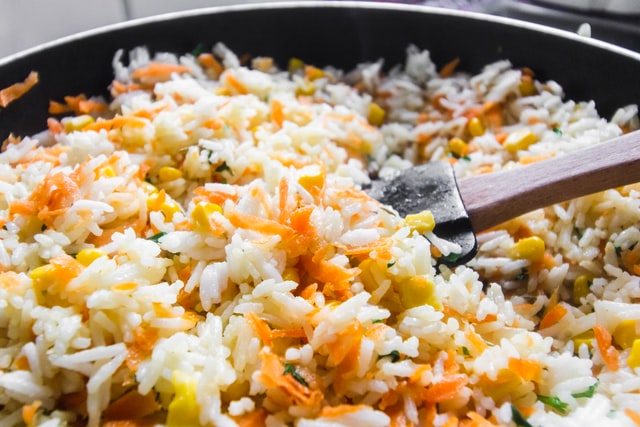
Studies that have been done have definitively shown that consuming too much white rice can lead to a greater risk for Type 2 diabetes. This is riskier when you are already prediabetic. The United States Department of Agriculture maintains the suggested amount of Carbohydrates should be no more than 45 to 60 grams per meal. This means that all foods eaten have a carbohydrate count that must be added together.
When a carbohydrate count includes all food, again, it cannot be any higher than recommended.
Safe Rice
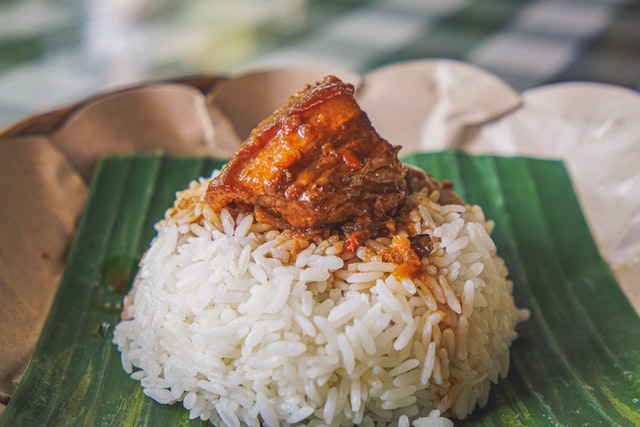
As stated, there are obviously some rice better than others and according to healthline.com, the top three rice choices for Diabetes include:
- Basmati Rice
- Brown Rice
- Wild Rice
These three kinds of rice have a Glucose index in the moderate range. The GI ranges from 56 to 69. Jasmine Rice has a GI of 109.
Jasmine Rice
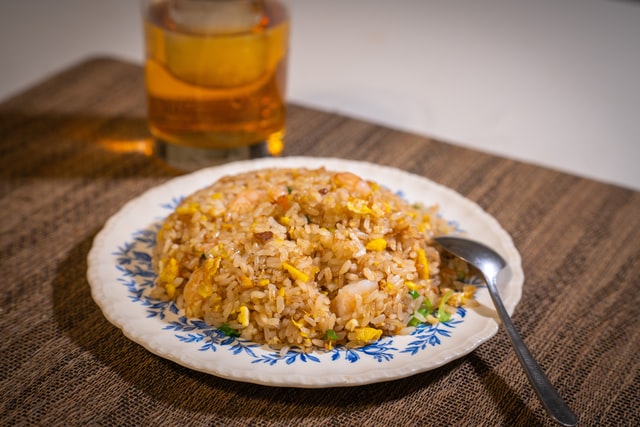
Jasmine Rice is considered fragmented rice. It is one of the most popular rice on the market today. Jasmine Rice is soft and moist once it is cooked, then it becomes sticky. Jasmine rice is high in calories and carbohydrates and would be likely to cause a spike immediately.
As the blood sugar increases the pancreas struggles to produce more insulin, however, the insulin has less glucagon to go into the bloodstream.
With such a high index a diabetic having a plateful of Jasmine rice is not advised. However, this is not to say that someone who has diabetes cannot eat Jasmine rice. What it does mean is that it is a much smaller serving of Jasmine and served with vegetables and other proteins.
Your food intake needs to work together in order to allow your body to function properly. Even foods with a high GI can be evened out when eaten in conjunction with protein and vegetables.
Is Jasmine Rice Good For Diabetes
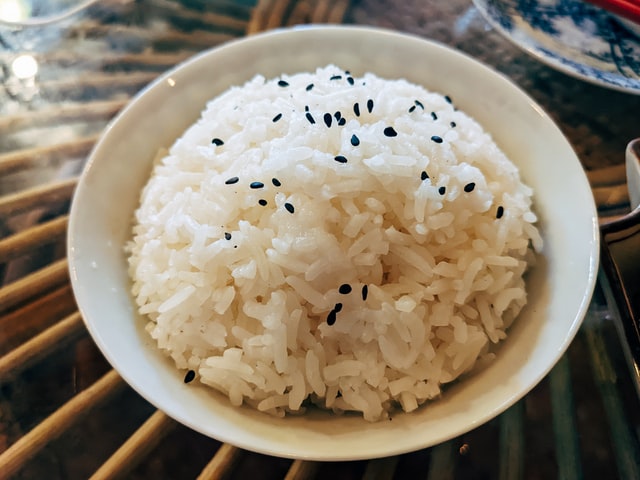
With both the glycemic index and the glycemic load being so high, they are also rich in carbohydrates. It is easy to say that all people should not have foods that are high in both index and the glycemic load. However, again, when the patient has a smaller serving and also combined with other proteins, and fibres such as vegetables, it would be an acceptable meal.
A normal serving of Jasmine Rice is considered to be 1 full cup, a diabetic is advised to eat less than half of that in combination with other foods.
Even when eaten in combination with vegetables and proteins, the blood glucose will need to be monitored closely. Jasmine Rice, white or brown, can cause the blood sugars to spike causing complications for the Diabetic patient.
Risks of Jasmine Rice
Along with the possibility of sugar spikes, there are other risks when it comes to Jasmine rice. All consumers should be aware of these.
It has been shown that Arsenic builds up in Rice at 10 times the normal rate. This is because rice is grown in water flooded fields. To minimize the amount of Arsenic in the rice, be sure to wash it well before cooking and eating.
Alternatives
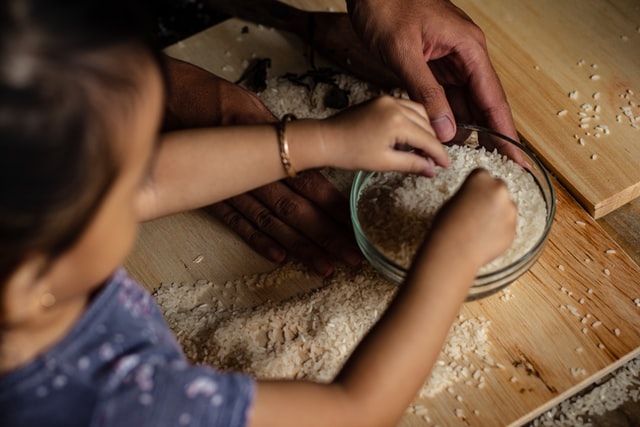
There are two options of Jasmine rice that are considered to be healthier than white Jasmine Rice. These two are Brown Jasmine Rice and Colored Jasmine Rice. It is still advised that a diabetic patient choose a completely different option. Some of the choices are:
- Quinoa
- Bulgar
- Millet
These choices have lower arsenic levels yet, still provide all the key nutrients of Jasmine Rice.
Most people who have diabetes, either Type, can eat a small amount of rice. The remainder of the meal needs to balance out the glycemic index.
Jasmine Advantages
Jasmine Rice does have a host of advantages. It is a good source of energy, great for digestion, a good source of iron, boosts immunity and it is good to eat during pregnancy.
Considering that Jasmine Rice and White Rice are the top two selling rice. They both come from the same plant. Brown Jasmine Rice is nutritionally dense. Jasmine Rice is up to four times longer and skinnier rice than White Rice. White rice is bland, yet sweet. While Jasmine Rice is bland only.
In all things diabetic, moderation is the key. Finding the best diet plan for a diabetic patient is one that is well balanced, and follows the guidelines set forth for serving sizes. The best way to do this is to split the plate for Diabetes.
This means to visually split the plate into three sections; The first should be one half of the plate. In that section, you want to fill it with non-starchy vegetables. The second section is one-quarter of the plate which will hold the protein choice.
The last quarter of the plate is for carbohydrates. A quarter of the plate will hold all carbohydrates, including pasta, bread, rice, fruits and dairy. The next question is how big of a plate? Typically speaking, the plate should be no larger than 9 inches in diameter.
There Is A Way
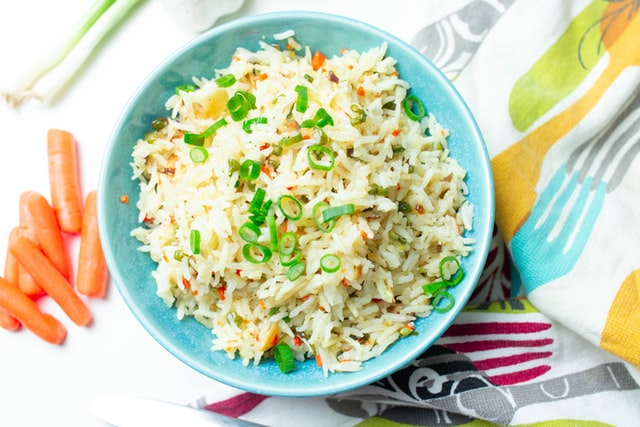
For those who are not willing to give up their rice or potatoes, yet have diabetes, there is a way that you can still do so without breaking any guidelines. Guidelines state that a serving size is one cup of Jasmine Rice.
Here is the trick, instead of one cup, use half a cup and the other half cup can be lentils. This is a method you can use to minimize the effects on blood sugar. As a matter of fact, lentils will help to significantly reduce the negative effects on blood sugar.
A senior research scientist named D. Dan Ramdath, PhD and his colleagues conducted studies and determined that substituting half of the amount of rice with the lentils reduced the blood sugar spikes quite effectively.
By switching out half the rice for half the lentils, you do not lose any nutritional benefit. You actually gain all the nutrients, vitamins, minerals and fibre that is in the substitute you choose. The blood glucose dropped between 20% and 30%. When the rice was completely substituted with lentils, the blood sugar levels dropped by 70%.
However, Ramdath realized that replacing 100% of the rice does not actually fit real life. People like their rice, and their potatoes, so it is important to find a compromise. The 50% switch was tasty and palatable to the participants. The majority of the participants would continue to switch out half the rice.
One bit of advice, diabetics, as well as others, need to watch the number of lentils that they consume. This is actually directed more towards those with gout or kidney issues. Lentils do contain an amount of purine. This purine breakdown to uric acid could aggravate the mentioned conditions.
The experts have somewhat agreed that eating Jasmine Rice is not the best for diabetic patients, however, it can still be eaten in moderate amounts. The suggestion given by an Adjunct Professor is to swap out half the rice for lentils. You will get additional nutritional benefits, the fibre helps to prevent blood sugar spikes and the combination of the bland rice with the flavorful lentils is pleasant to the palate.
This means those Diabetic patients who love their rice and find it hard to give up, have hope! You still get to eat rice in moderate amounts and in combination with other vegetables.


